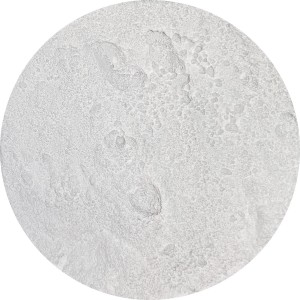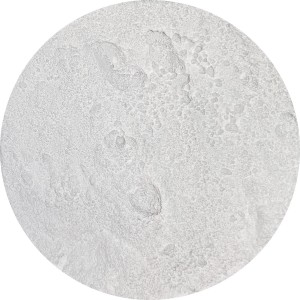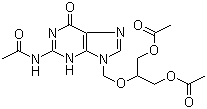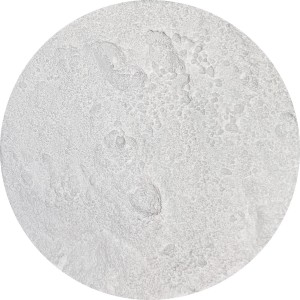| Nombre comercial | UniAPI-PBS |
| CAS | 1405-20-5 |
| Nombre del producto | sulfato de polimixina B |
| Apariencia | Polvo blanco o casi blanco |
| Solubilidad | Soluble en agua |
| Solicitud | Medicamento |
| Ensayo | La suma de polimixina B1, B2, B3 y B1-I: 80,0 % mín. Polimixina B3: 6,0 % máx. Polimixina B1-I: 15,0 % máx. |
| Paquete | 1 kg neto por lata de aluminio |
| Duración | 2 años |
| Almacenamiento | Conservar en un lugar fresco y seco, alejado de la luz. Entre 2 y 8 °C para su almacenamiento. |
| Estructura química | 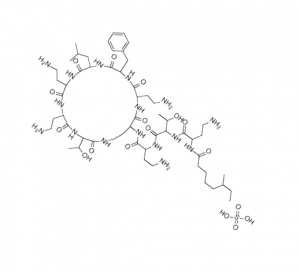 |
Solicitud
El sulfato de polixina B es un antibiótico tensioactivo catiónico, una mezcla de polixina B1 y B2, que puede mejorar la permeabilidad de la membrana celular. Es prácticamente inodoro. Sensible a la luz. Higroscópico. Soluble en agua y ligeramente soluble en etanol.
Efecto clínico
Su espectro antibacteriano y aplicación clínica son similares a los de la polimixina E. Tiene efectos inhibidores o bactericidas sobre bacterias gramnegativas como Escherichia coli, Pseudomonas aeruginosa, Paraescherichia coli, Klebsiella pneumoniae, acidophilus, tos ferina y disentería. Clínicamente, se utiliza principalmente para infecciones causadas por bacterias sensibles, infecciones del sistema urinario causadas por Pseudomonas aeruginosa, infecciones oculares y traqueales, meningitis, sepsis, quemaduras, infecciones de la piel y las mucosas, etc.
acción farmacológica
Tiene efecto antibacteriano contra Pseudomonas aeruginosa, Escherichia coli, Klebsiella pneumoniae, Haemophilus, Enterobacter, Salmonella, Shigella, Pertussis, Pasteurella y Vibrio. Proteus, Neisseria, Serratia, Pruvidens, bacterias grampositivas y anaerobios obligados no fueron sensibles a estos fármacos. Se observó resistencia cruzada entre este fármaco y la polimixina E, pero no entre este fármaco y otros antibióticos.
Se utiliza principalmente para infecciones de heridas, vías urinarias, ojos, oídos y tráquea causadas por Pseudomonas aeruginosa y otras Pseudomonas. También puede utilizarse para la sepsis y la peritonitis.


